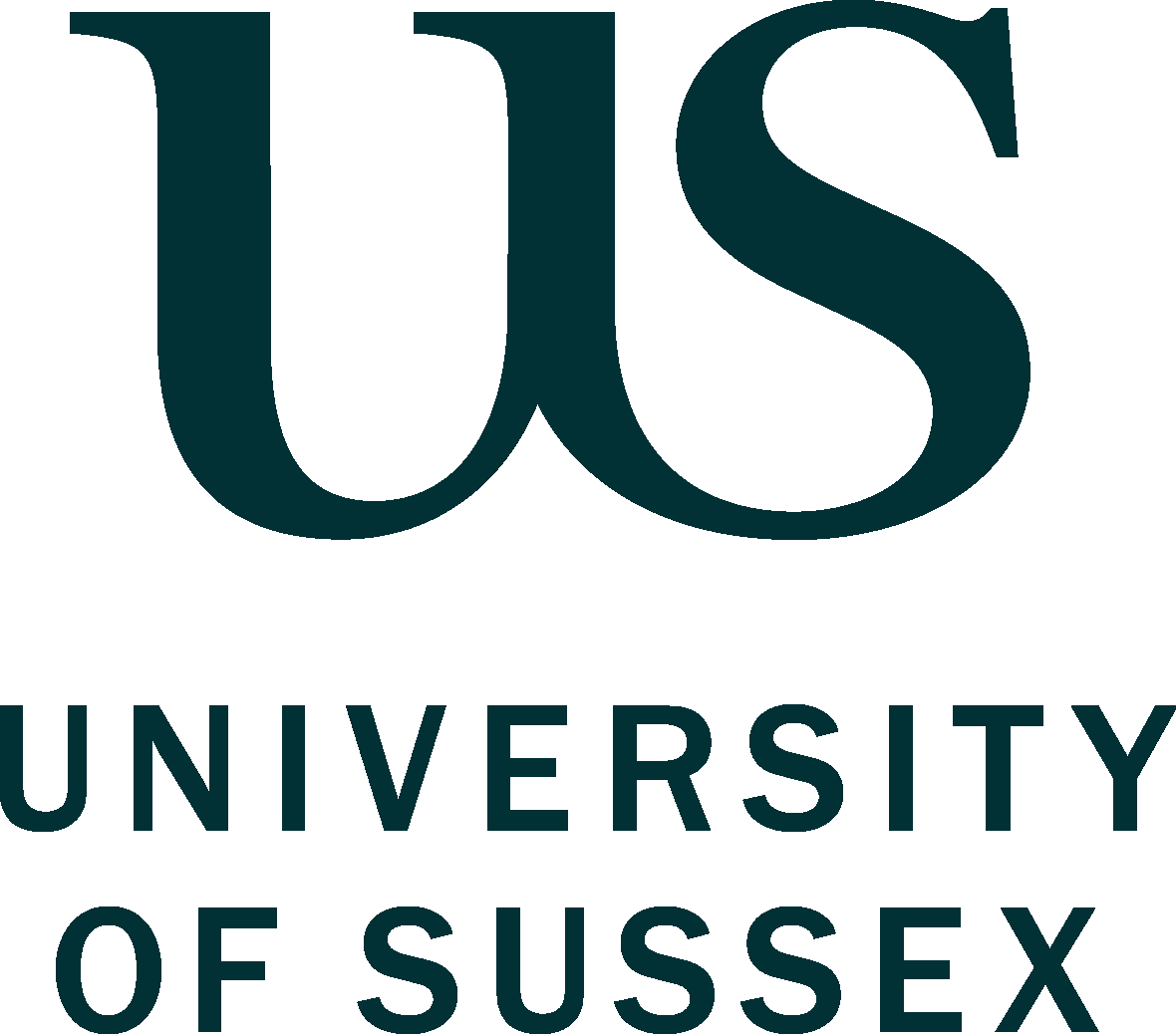Using the ‘unessay’ as active co-creation of marking criteria
Dr Victoria Grace Walden

What is the idea?
The ‘unessay’ offers students flexibility and allows them to creatively respond to topics studied on a module. Rather than write an essay, students can decide what they will create: this could be a podcast, a model, a comic book, a board game, or a whole range of other responses including an essay if they wish. One of the hesitancies teachers can have of the unessay is that it is too difficult to grade. The case study offered here is one potential solution to this issue: enabling students to co-create marking criteria for their unessays through a peer-review process.
Initially defined in a blog by O’Donnell (2012), the unessay follows the following format:
- you choose your own topic
- present it how you want
- and are then evaluated on how compelling and effective you are.
O’Donnell (2012) argues that whilst the essay form ‘should be extremely free and flexible, (it) is instead often presented as a static and rule-bound monster that students must master in order not to lose marks’ (no page nb, online). In response, Gal (2013) highlights how the unessay promotes metacognition by relegating essay form to the background and encouraging a focus on process (no page nb, online). Another positive about the unessay is that it resists Eurocentric ideas about knowledge presentation and is more inclusive for students with different learning needs, who may have a preference and strength for organising their thoughts in ways other than the essay.
Why this idea?
The unessay is becoming increasingly popular amongst radical pedagogues, resisting the traditional essay form in favour of more inclusive assessment. This is illustrated by the numerous blogs that populate any Google search for ‘unessay’. Whilst we might see the unessay as supporting models like Universal Design for Learning (https://www.cast.org/impact/universal-design-for-learning-udl) and decolonising agendas, its radical potential lies beyond such institutionalised policies. It moves away from the very idea of models or agendas, dismantling the power relations that Paolo Freire identified in the traditional ‘banking approach’ to education, in which students are seen as ‘containers’ to be filled by the knowledgeable lecturer (Freire, 1970, p. 69-70). On a more practical, and perhaps less radical note, one of the top priorities of students today is maximising the employability potentials offered by their degree. Yet many university courses still assess primarily through essays, despite the fact it is not a form used in most jobs outside academia. The unessay allows students to develop portfolios that speak not only to their own identities, interests, and culture, but also their skills and future ambitions. It also gives students agency to make choices about how they learn and present their learning.
However, the unessay can induce anxiety in teachers regarding the equity of assessment. In discussions with colleagues, some were baffled by the way you could compare a board game to a podcast or performance in the grading criteria. My approach of co-creating marking criteria addresses this issue. Furthermore, it helps students engage actively with the learning outcomes of the module, mitigating against the comment: ‘I don’t know what is expected of me’. The addition of this co-creation process to the unessay assessment is inspired by Freire’s ‘problem-posed method’, which he argues resists the banking approach in favour of recognising learning as a dialogue between ‘teacher-students’ and ‘students-teachers’ in which ‘they become jointly responsible for a process in which all grow’ (1970, p. 78).
How could others implement this idea?
-
Set students an independent study task to create a draft proposal for their unessay project using a template. The template is included as an appendix to this chapter.
-
Students bring their proposal to class, and share their ideas with their peers, including the teacher. The idea here is not to develop the project itself (which can be done in earlier sessions), but to share project outlines to get a sense of the diversity of projects across the cohort.
-
As students present their proposals, the teacher acts as scribe, identifying the different types of projects in terms of topics and format. This could be collated on a Google Doc, Padlet or other collaborative working document. The aim here is to present all of the projects in one place, so students and teacher(s) can see the diversity.
-
In groups (self-selecting or teacher created), the students design potential marking criteria across a number of different topics and formats (projects are divided equally across working groups) checking each against the module learning outcomes. Each group will focus on a specific type of project, i.e. one group will look at podcasts, one traditional essays, another games, another artistic responses.
-
Students then move between groups, offering peer-review on the different marking criteria designed by each group. At this stage, students will have the opportunity to compare their own decisions on one format to another – that of a distinct group.
-
The class, as a whole, come to an agreement on comparative marking criteria across the different types of projects. These are recorded on the collaborative document, which is locked for editing at the point of approval. The marking criteria should have overall agreed headings, but the specifics of what this might look like in each format can be detailed below.
-
The document is used by students to inform their work and by the markers to assess.
Whilst you could use a traditional essay marking criteria as a framework from which to work, I would suggest avoiding this so as to truly decentralise ‘the essay’ from the experience and encourage students to think more creatively and freely. When we have compared work against the ‘essay’, i.e. by asking students what is comparative to a 2,000 written piece, many students have opted for the essay as the easy option (these were their words, not mine).
To truly create the type of dynamic promoted by critical pedagogues of community (hooks, 2003) and ‘teacher-students’ and ‘students-teachers’ (Freire 1970, p. 78), the teacher should always be conscious of stepping back from controlling the criteria design. They should listen to the different proposals and rationales students present, participate in the different group discussions as both an equal and someone with experience of assessing work, who can bring this particular subject position to bear on the conversations but without presenting ‘correct’ answers.
Returning to this co-created grading criteria as part of a reflection process after the release of feedback could further encourage students to not only think about think through the unessay experience, but think about assessment and feedback. Regrettably, on the module in which this was applied, the students get their feedback on assessments a few months after the module has finished so we do not have this opportunity.
Transferability to different contexts
This activity is transferable between a range of contexts. It is designed to encourage students to engage with the marking criteria of their module actively and critically, regardless of subject specialism. It could as easily be performed in separate seminar groups or across the entire cohort in a lively lecture session, in which students could move between a wider variety of groups. Using collaborative documents like Google Docs or Padlet also enables it to be carried out online. In entirely remote or online distance learning contexts, tools such as Talis Elevate or forums could also be used, with each student adding their proposal to a separate Talis interactive or forum post where others can comment on it.
Links to tools and resources
- Unessay Proposal Template: https://docs.google.com/document/d/1nAHfwiu9VH14_9Vv25tSRuwivCjbWIGmJHIyaZVTP7s/edit
- Hayley Brazier and Heidi Kaufman ‘Defining the Unessay’: https://dh.uoregon.edu/2018/04/02/defining-the-unessay/
- Cordell’s Unessay Assignment: https://s18tot.ryancordell.org/assignments/unessay/
- Marc Kissel’s Website on ideas for unessay projects: https://marckissel.netlify.app/post/on-the-unessay/
References
CAST. (2022). Universal Design for Learning. https://www.cast.org/impact/universal-design-for-learning-udl
Freire, P. (1970). Pedagogy of the oppressed. Continuum.
Gall, M. (2013, May 16). The unessay and metacognition. Daniel Paul O’Donnell. http://people.uleth.ca/~daniel.odonnell/blog/the-unessay-and-metacognition
hooks, b. (2003). Teaching community: A pedagogy of hope. Routledge.
O’Donnell, D.P. (2012, September 4). The unessay. Daniel Paul O’Donnell. http://people.uleth.ca/~daniel.odonnell/Teaching/the-unessay
Image Attribution
Story emerging from a book image by 0fjd125gk87 from Pixabay


